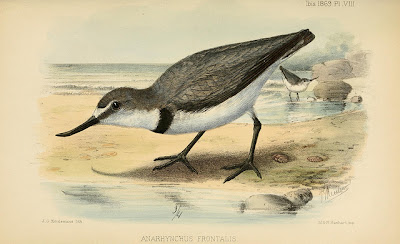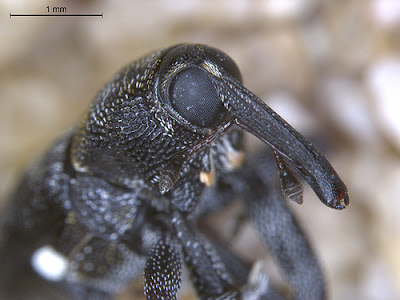Nativity and Adoration of the Shepherds, with Irenimus. With apologies to Bartolo di Fredi.
Savior of the Nations Come
Savior of the nations, come; Virgin's Son, here make Thy home!
Marvel now, O heav'n and earth,
That the Lord chose such a birth.
Not by human flesh and blood;
By the Spirit of our God
Was the Word of God made flesh,
Woman's offspring, pure and fresh.
Wondrous birth! O wondrous Child
Of the virgin undefiled!
Though by all the world disowned,
Still to be in heaven enthroned.
From the Father forth He came
And returneth to the same,
Captive leading death and hell
High the song of triumph swell!
Thou, the Father's only Son,
Hast o'er sin the vict'ry won.
Boundless shall Thy kingdom be;
When shall we its glories see?
Brightly doth Thy manger shine,
Glorious is its light divine.
Let not sin o'ercloud this light;
Ever be our faith thus bright.
Praise to God the Father sing,
Praise to God the Son, our King,
Praise to God the Spirit be
Ever and eternally.
Ambrose of Milan, c. 397. Translated to German by Martin Luther, 1524. Translated from German to English by William M. Reynolds, 1851. From the Open Hymnal.
Read:
Tolkien JRR. 1937. The Hobbit. Harper Collins, London.
Salmond A. 2009. Aphrodite's Island. The European Discovery of Tahiti. Viking, Auckland.
Listened:
Phantom Empire—If the World Burns
Watched:
Star Trek: Deep Space Nine Season 7

































